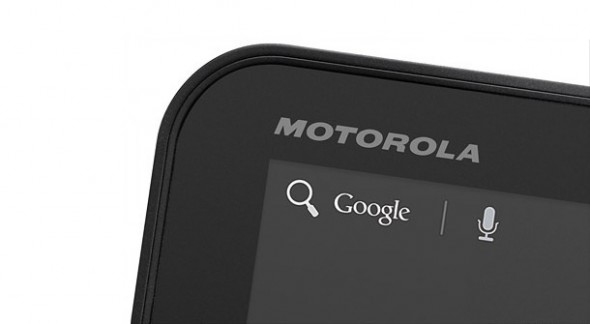Upcoming smartphones from Motorola Mobility, now a Google-owned entity, will be able to determine who is in a room by employing some pretty advanced voice recognition techniques. Under Google’s stewardship, the company has seen its management team reshuffled as forty percent of Motorola’s vice presidents left the company following the $12.5 billion acquisition.
And because Motorola has been losing money in 14 of its last 16 quarters, Google’s latest measures to achieve “sustainable profitability” for Motorola include cutting one-fifth of its global workforce. That amounts to about 4,000 people, a third from U.S. operations.
Furthermore, Google will be slimming down Motorola’s portfolio of devices to focus on a dozen or so flagship phones, it will close a third of Motorola’s 94 offices worldwide, dial down the handset maker’s operations in Asia and India and reduce its R&D expenditure in Chicago, Sunnyvale and Beijing…
The new Motorola CEO, Dennis Woodside, told The New York Times‘ Claire Cain Miller today:
Mr. Woodside also plans to cut the number of devices Motorola makes from the 27 it introduced last year to just a few. He wants to make the company’s products cool again by loading them with things like sensors that recognize who is in a room based on their voices, cameras that take crisper photos and batteries that last for days.
Many of these new ideas will come from a group of just a few dozen people within the company that has the unassuming name of Advanced Technology and Projects.
Motorola recruited Regina Dugan from the Pentagon’s DARPA agency, to head its new group called Advanced Technology and Projects comprised of just a few dozen people within the company.
She is hiring metal scientists, acoustics engineers and artificial intelligence experts. They will work for her for only two years so they feel a sense of urgency, she said, an idea she borrowed from Darpa, where people wear their resignation date on their name tags.
Though other Android backers won’t like this, Google hopes its close co-operation with Motorola will help achieve a similar level of vertical integration Apple’s products are famous for.
Per “people familiar with the companies”:
Google could decide to follow Apple’s lead and build a phone from silicon to software, perhaps by creating a separate operating system for Motorola that other phone makers cannot use.
Motorola’s advertising will also change. Upcoming new ads are said to be simple and emotional and will “focus on Motorola’s storied past and the ways the products are better than the competition’s, like battery life”.
You may recall that both Motorola and carrier Verizon Wireless played a crucial role in helping Android hit the ground running by promoting the Motorola-made Droid smartphone in late-2009 with a series of anti-Apple commercials, including this teaser ad dubbed ‘iDon’t’.
[tube]e52TSXwj774[/tube]
And you no doubt remember this one that dissed the iPhone as a “digitally clueless princess”.
[tube]w83UQkiuNZQ[/tube]
Motorola eventually stepped up its game, producig in partnership with Verizon masculine ads, like this nice stealth bomber-themed commercial.
[tube]o9fXYQjwR0w[/tube]
Both companies later dialed down their anti-Apple advertising as, in spite of Steve Jobs’ disdain for carriers, Verizon would eventually begin offering the iPhone 4 on October 28, 2010.
What do you think, can Google return Motorola to profitability and can the once hot handset maker create handsets that will set the tongues wagging?
Can Motorola under Google’s guidance find its lost cool factor?
